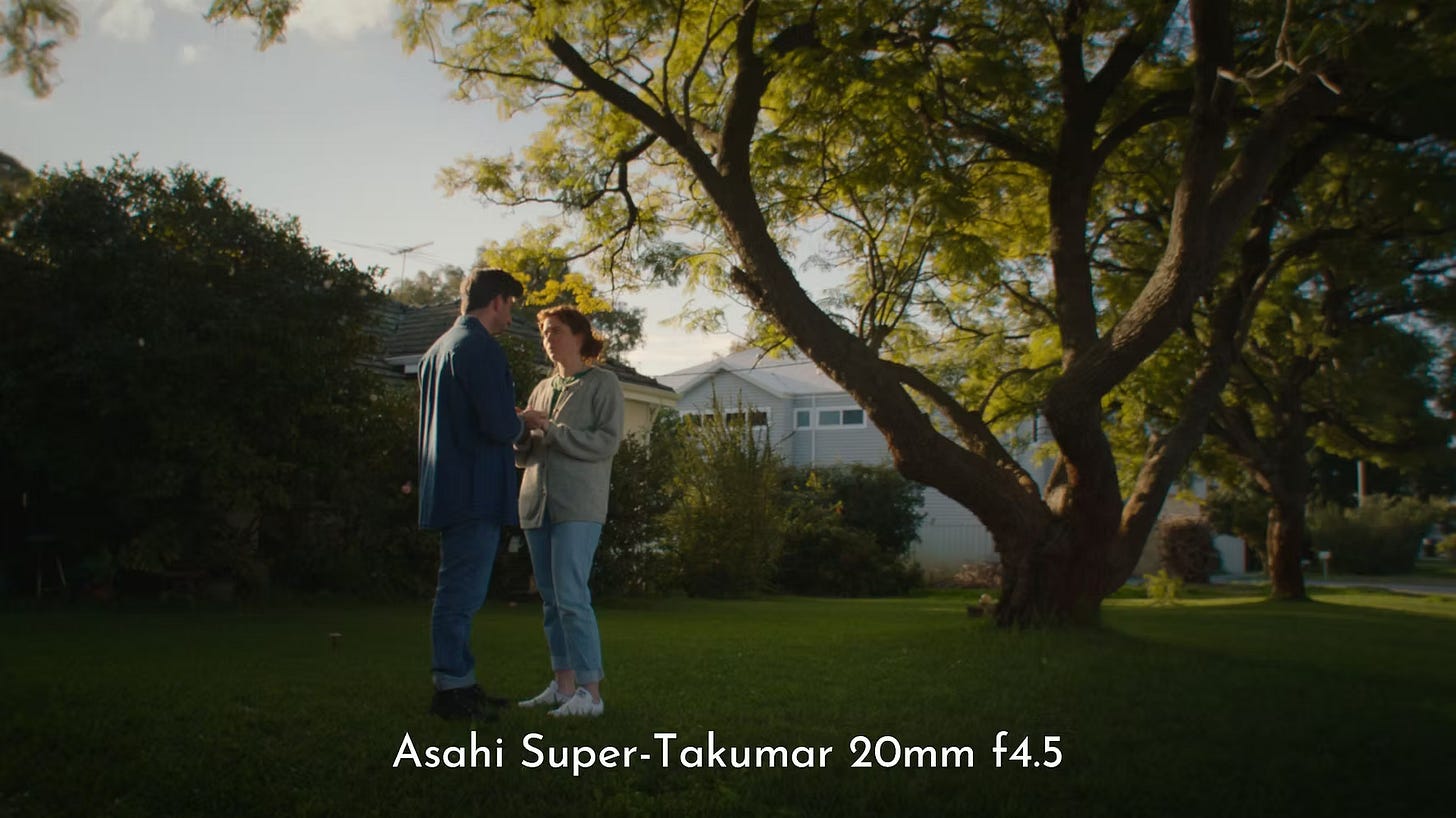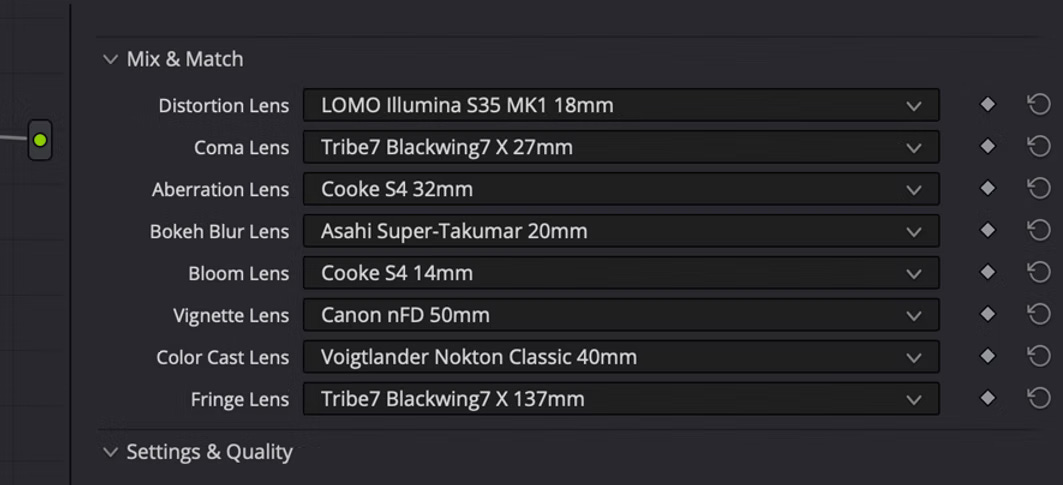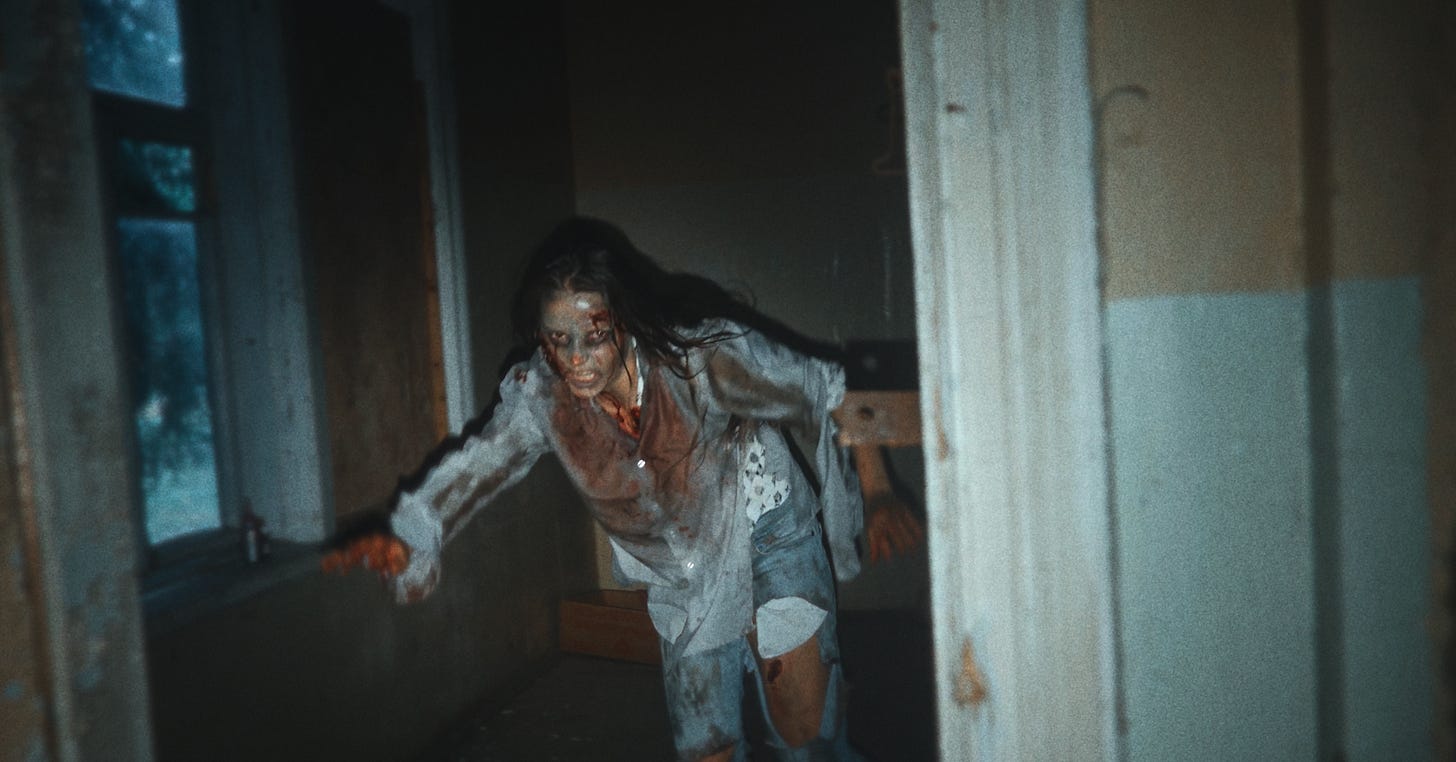LensNode Review
Optical soul for digital footage.
LensNode is an OpenFX plugin for DaVinci Resolve that simulates real-world lens characteristics and that elusive swirly bokeh, using data captured from actual lenses.
It runs on macOS and Windows and drops neatly into colour-managed workflows.
As someone who has used vintage lenses for a plethora of videos and photoshoots, this is really intriguing to me and I really want to see how it fairs.
I did a little video test of various shots / features below, give it a glance.
Key Features
Real lens profiles (35+ and growing): Presets are built from measured captures, then tuned; you can also mix & match traits to create “impossible” lenses (e.g., FD rendering with Helios-style coma).
Swirly bokeh that looks right: Bokeh shapes are modelled then rotated before convolution, which is why the swirl feels natural instead of gimmicky.
Trait-level control + Overdrive: Toggle or isolate specific aberrations, then push everything with a single Overdrive slider when you want dreamy, stylised looks. Parameters are animatable.
Lite edition available: Same core modelling with a simplified UI and curated presets for quick results.
The Strengths
An organic look with proper lens “DNA”
Used with restraint, LensNode adds the kind of character we usually reach for vintage glass to get. Subtle softness, a touch of vignette, and a little coma take the edge off digital footage without announcing the effect.
The rotated-bokeh convolution is doing real work here, and it’s why the plugin’s swirl reads as optical rather than “plugin-y.”
Presets you can trust—then customise
The stock looks land close to recognisable lenses, but the killer feature is being able to use only parts of a lens: just coma, only vignette, only the bokeh shape, etc.
It feels like a toolkit rather than a one-click filter, which is brilliant for tastefully “imperfecting” otherwise clean footage.
Overdrive on tap
When you need a dream sequence or a music-video glaze, Overdrive amplifies the selected profile without diving into a sea of sliders. It’s fast, fun, and still grounded in the optical behaviour the preset is modelling.
Animatable Sliders
What if you want to slowly ramp up a certain parameter?
Well don’t worry LensNode has you covered!
Crank up the bokeh blur over time to enter into an ethereal dreamy world over the length of your shot, or what if you want to animate some aberration clashes? Feel free.
For me personally, I was heavily using the Helios 44-2 simulation, dialing down the vignette and colour cast to about 30% and cranking up the swirl.
It really does give that organic vintage lens vibe, even on stuff like my iPhone footage or directly from my Canon C200.
Another that hit home for me was the Super-Takumar 20mm, as I have used this lens countless times in the past. I can honestly see the ‘vibe’ immediately upon using it, they have done a great job mapping the attributes.
Later into testing I discovered the Node Mill made ‘lenses’, soon found my absolute favourite, which is the Vetzna FL.
That gave a distinct soft vintage bloomy look that I simply adore, really reminding me a lot of my tests with some old Petzval lenses.
The Limitations
Heavy when you lean on blur
Crank the convolution blur or stack multiple nodes and you can stall playback. On our M1 Max we saw occasional multi-second freezes when pushing blur-heavy looks—expected given the maths, but still something to budget time for.
Resolve-only host support
At the time of writing, LensNode is built for DaVinci Resolve (OpenFX). If your pipeline lives in Premiere Pro or FCP, you’ll be round-tripping to take advantage of it.
Deep controls = a bit of a learning curve
The full version exposes lots of parameters (great for power users, slower for dabblers). Lite smooths that out with curated looks but trades away fine-grained control. Pick based on whether you like to tinker or just want the vibe quickly.
What You Can Control (Full Version)
LensNode splits its optical model into discrete, dial-able pieces you can enable/disable and animate:
Coma — direction, shape, intensity of comatic aberration.
Distortion — lens-profiled geometric warp with frame-filling auto-scale.
Chromatic Aberration — hue-accurate separation with smooth, lens-true falloff.
Bokeh / Edge Blur — convolution blur using the lens’ measured bokeh, rotated pre-convolution for believable swirl and edge softness.
Vignette & Colour Cast — exposure-normalised vignettes with subtle edge-hue shifts; optional whole-image or corner-only colour cast.
Bloom — profiled glow with natural, exponential falloff for diffusion-style halation.
Fringing — high-contrast edge fringing with centre-to-edge hue/saturation/lightness variation.
Plus practical “plumbing” controls, input colour-space selection, Overdrive, per-effect mix amounts, playback/quality optimisation toggles, and masking with Power Windows for localised application.
Workflow Notes & Best Practices
Stay subtle first. A nudge of coma + mild vignette + tiny edge blur usually reads “filmic” without artifacts. Save Overdrive for moments that justify it.
Stage the swirl. Keep subjects centred with textured backgrounds; let the rotated bokeh model do the heavy lifting instead of brute-force blur.
Grade ergonomically. Use playback-friendly settings while iterating, then flip to quality for renders. I usually put blur on only before render.
Pricing
LensNode Lite: $59/year or $129 permanent (simplified UI, curated presets).
LensNode (Full): $129/year or $299 permanent (all parameters + 35+ profiles).
Licences include two floating seats; a free trial is available on the Buy page.
The Verdict
LensNode is the most convincing “lens character” plugin I’ve used in Resolve, authentic-feeling profiles, genuinely useful trait-level control, and a creative Overdrive switch when you want to bend reality.
Performance can dip when you lean hard on the convolution blur, and it’s Resolve-only for now, but if you’re chasing that organic, lens-made look, or auditioning glass you don’t own, it’s an easy recommend.
Check LensNode out at Node Mill
(Disclaimer: LensNode license was supplied by Node Mill, but they had no insight or bearing on the content of this review.)






